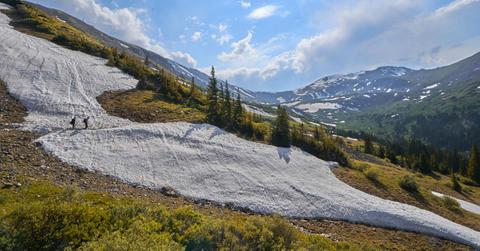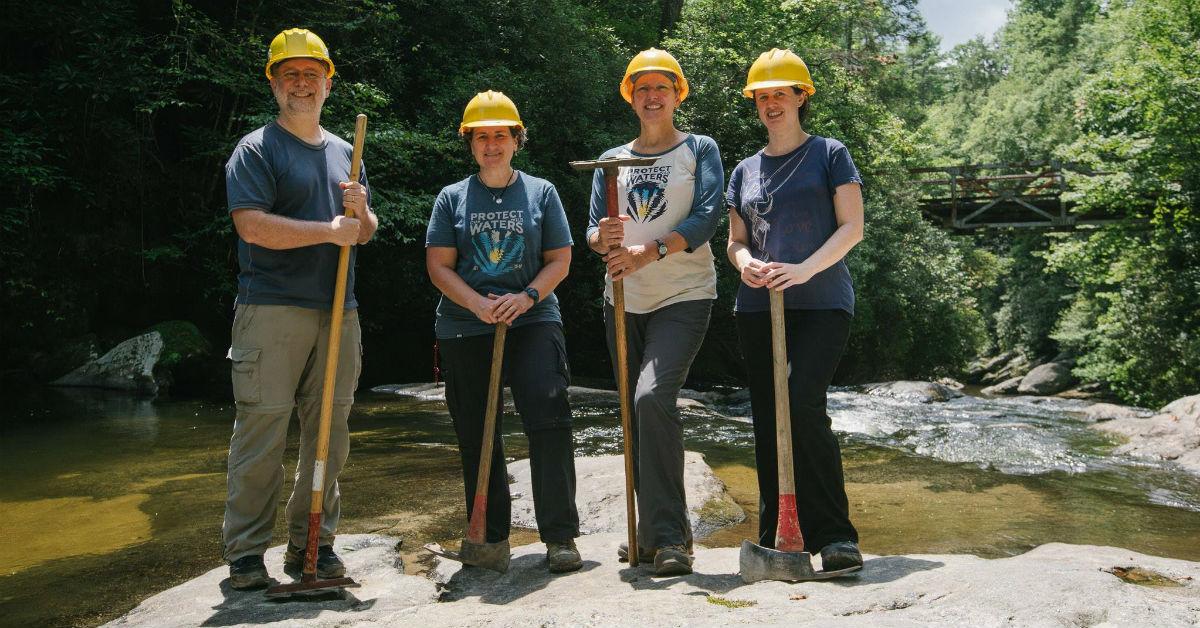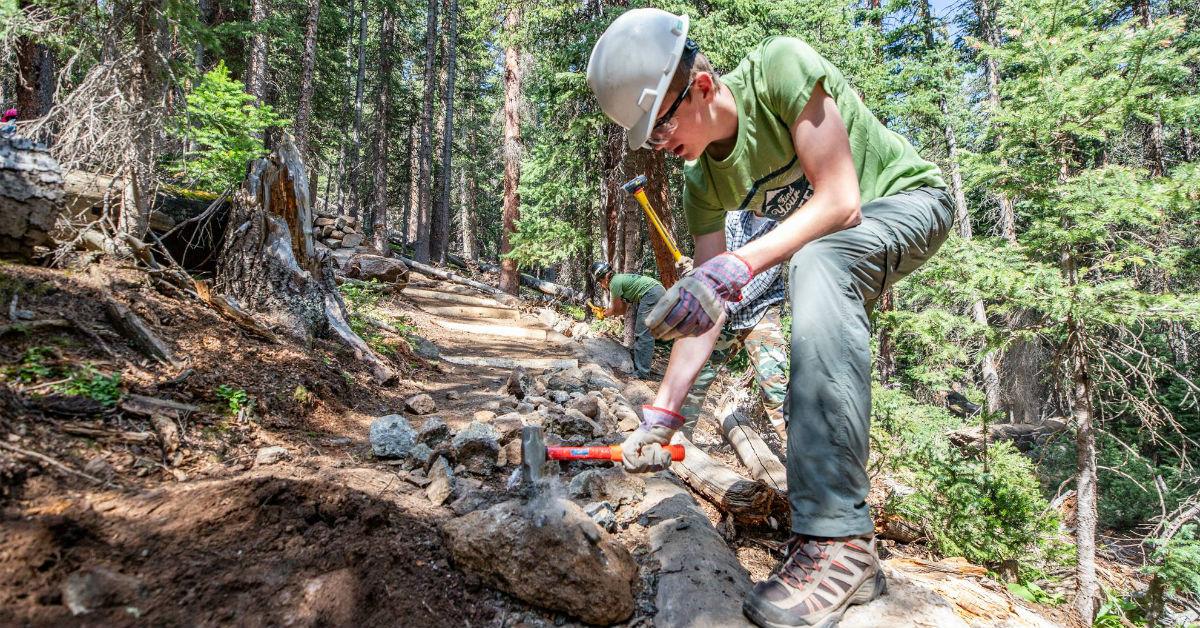How The National Forest Foundation Helps Trees Recover After Wildfires
NFF President Mary Mitsos tells us about post-fire restoration and the $500,000 crowdfunding campaign "Summer of Trails."
Updated May 31 2019, 2:32 p.m. ET
This year alone, 41,827 wildfires have sparked in the United States, burning 6.17 million acres along with them. Federal and state governments have deployed countless crews of firefighters to contain this wildfire season, which is still very much ongoing, but after the smoke settles, what happens to those ravaged forests?
That’s when groups like the National Forest Foundation step in. The NFF helps restore and regrow damaged forests, but that’s not all it does. We spoke to NFF president Mary Mitsos to learn more about the 26-year-old organization, and why it’s currently crowdfunding $500,000.
The following Q&A has been edited for clarity, flow, and length.
GREEN MATTERS: There have been a lot of wildfires this summer, particularly in California. Why is it so bad this year?
MARY MITSOS: Well, mostly that has to do with ongoing drought. They just didn’t get the precipitation that is normal for them, either in the winter or the summer. And that’s true of Colorado as well, and a lot of the other places that have fires. It has a lot to do with the weather.
GM: How does your organization help out in these situations?
MM: The Forest Service is responsible for fire suppression, so we don’t do much in that area. We have in the past, and will continue to do, post-fire restoration. So we’ve done work in Colorado, Arizona, California, Oregon, to come in after the fact and restore some recreation access and trails and replant trees — we do a ton of tree planting, post-fire, where the seed source is gone.
GM: Outside of that work, what does the NFF do on a daily basis?
MM: So we are the nonprofit partner of the Forest Service and our mission is to engage Americans in the stewardship and enjoyment of the 193 million acre national forest system. So we raise funds from corporations, foundations, and individuals and fund projects on trail maintenance and restoration. We do, as I said, a lot of tree planting across the country. We do watershed restoration and other forest health projects like invasive weeds and field reduction, and those kinds of things. So we just assist in the vast amount of work that needs to be done on the national forest system, all while making sure local communities are engaged and aware of the fabulous resource in their backyard.
GM: Can you tell me a little more about your crowdfunding campaign, Summer of Trails?
So this is the 50th anniversary of the National Trails Act…. and with all the fires and all of the money that the Forest Service has to spend on fire suppression, their ability to take care of the entire trail system is being reduced. The American public [doesn’t] just use trails [locally] — when they go camping or on vacation, they’re often hiking on other trails across the country. So the crowdfunding effort is both an effort to raise some funds to help fix trails across the country as well as just communicate about the system. So for instance, the Forest Service has 158,000 miles of trails across their our lands and of all the land management agencies, it’s the largest trail system.
GM: How’s the campaign going?
MM: Well, I don’t think we’re going to meet our goal of raising $500,000. We knew that would be a big challenge because national crowdfunding efforts are often not successful. People like to fund things that happen in their backyards. But I felt strongly that we had to take on the effort, again, just for the communication aspect of it, so the public begins to learn about the trail system and the needs. That part has been very successful.
GM: How can the average person help conserve these trails and our national forests?
MM: They can partner with us or other local nonprofits. There’s trail maintenance groups in just about every state. They can either contribute financially, or with equity on a volunteer basis. Probably most important is, when they use trails, to practice leave no trace principles and make sure they’re not going off trail, so the trails stay in as good a condition as they can.
GM: Why should people get involved?
MM: Well, because this is our land. The Forest Service manages it, but as the American public, we own these 193 million acres. If we want to retain them in good condition, those of us who use them in particular have to get more involved.


